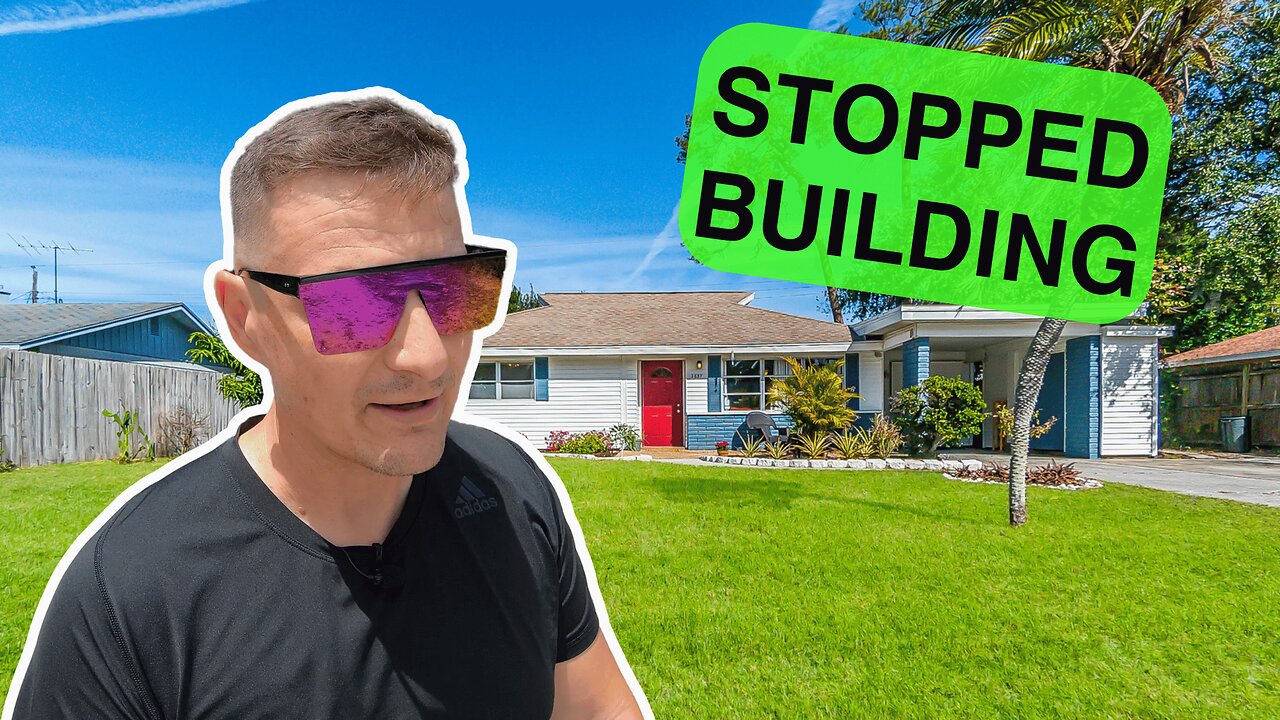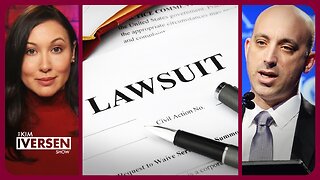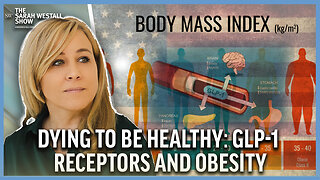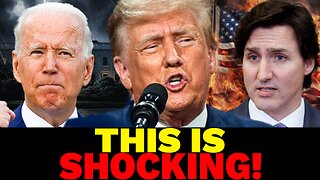Premium Only Content

Housing Crisis Alert: Why America Needs 4.5 Million More Homes!
🛑 The U.S. Housing Crisis: What's Really Happening? 🛑
Have you noticed that homes for sale seem to be scarce? 🏘️ Despite this, inventory isn’t flying off the shelves. In this video, I dive into the complexities of the current real estate market. 📉 With over 1% of the U.S. population needing homes (that's about 4.5 million homes), the situation is dire. Yet, prices remain high, and builders are pulling back. Let's unpack why this is happening and what it means for you. 🔍
📉 Decline in New Construction: A Deep Dive
In May, housing starts for new construction fell by 5.5%, reaching the lowest point since June 2020. 📉 This decline includes both single-family homes and multi-family apartments. 🏠🏢 The uncertainty we faced during the pandemic has returned, but now with a different twist. Builders are cautious, holding back due to rising costs and unpredictable future interest rates. 📈 This marks a significant slowdown in the housing market, with construction levels unable to meet the existing demand.
📉 The Impact of High Interest Rates
Builders face rising costs and the fear of future rate increases. 📈 This fear is causing a reduction in new housing starts, which is a leading indicator of the housing market's health. 🛠️ Higher interest rates mean higher construction costs and less borrowing power for potential homeowners. This scenario is creating a backlog in the housing market, with not enough homes to meet the demand. 😟
🏠 How This Affects Buyers and Sellers
If you’re a buyer, fewer homes on the market mean continued high prices, even with elevated interest rates. 💵 If interest rates drop, demand will surge, further driving up prices due to the limited supply. For sellers, this might be an advantageous time as their properties could maintain or even increase in value. 📈 However, the overall economic uncertainty could impact both buyers and sellers in unpredictable ways. 🤔
🏢 Multi-Family Housing and Rentals
The slowdown in new apartment construction is even more pronounced than in single-family homes. 🏢 For renters, this means fewer new rental units hitting the market, potentially keeping rental prices high or pushing them higher. 📈 The current job market, despite seemingly good reports, reveals deeper issues with many jobs being part of the gig economy, leading to financial instability for many. 💼
🏦 The Commercial Real Estate Crisis
Commercial real estate, especially office buildings, faces a looming crisis with over $38 billion at risk of default or foreclosure. 🏦 The last time we saw such numbers was during the 2012 recession. High interest rates and declining rent revenues are making refinancing difficult, leading to potential defaults and foreclosures. This situation could have a ripple effect on the broader economy. 🌐
💰 The FDIC and Bank Failures
With 63 banks on the verge of collapse, the FDIC's insurance fund could be stretched thin. 🏦 If more banks fail, especially larger ones, the FDIC may not have enough funds to cover all the insured deposits. This could lead to a broader financial crisis, affecting everyone with money in the bank. 🏦
🏠 Final Thoughts and What You Can Do
The real estate market is in a precarious position, with high interest rates and a shortage of homes exacerbating the situation. 🏠 Whether you’re a buyer, seller, or renter, staying informed and prepared is crucial. I’m not selling my properties, but instead focusing on improving and maintaining them. What about you? Share your thoughts in the comments! 🗨️
📢 Like, Comment, and Subscribe!
If you found this video informative, please like, comment, and subscribe! 👍 Your support helps me continue to bring you the latest insights on the real estate market. 🔔 Share this video with anyone who might benefit from this information. 🌟
-
 3:56:44
3:56:44
Alex Zedra
12 hours agoLIVE! Trying to get achievements in Devour
182K26 -
 2:00:43
2:00:43
The Quartering
15 hours agoThe MAGA Wars Have Begun! Vivek & Elon Get Massive Backlash & Much More
196K73 -
 1:25:53
1:25:53
Kim Iversen
3 days agoStriking Back: Taking on the ADL’s Anti-Free Speech Agenda
127K106 -
 49:35
49:35
Donald Trump Jr.
19 hours agoA New Golden Age: Countdown to Inauguration Day | TRIGGERED Ep.202
242K207 -
 1:14:34
1:14:34
Michael Franzese
17 hours agoWhat's Behind Biden's Shocking Death Row Pardons?
91K50 -
 9:49
9:49
Tundra Tactical
16 hours ago $28.00 earnedThe Best Tundra Clips from 2024 Part 1.
173K13 -
 1:05:19
1:05:19
Sarah Westall
16 hours agoDying to Be Thin: Ozempic & Obesity, Shedding Massive Weight Safely Using GLP-1 Receptors, Dr. Kazer
137K36 -
 54:38
54:38
LFA TV
1 day agoThe Resistance Is Gone | Trumpet Daily 12.26.24 7PM EST
92.9K13 -
 58:14
58:14
theDaily302
1 day agoThe Daily 302- Tim Ballard
85.1K14 -
 13:22
13:22
Stephen Gardner
19 hours ago🔥You'll NEVER Believe what Trump wants NOW!!
132K368